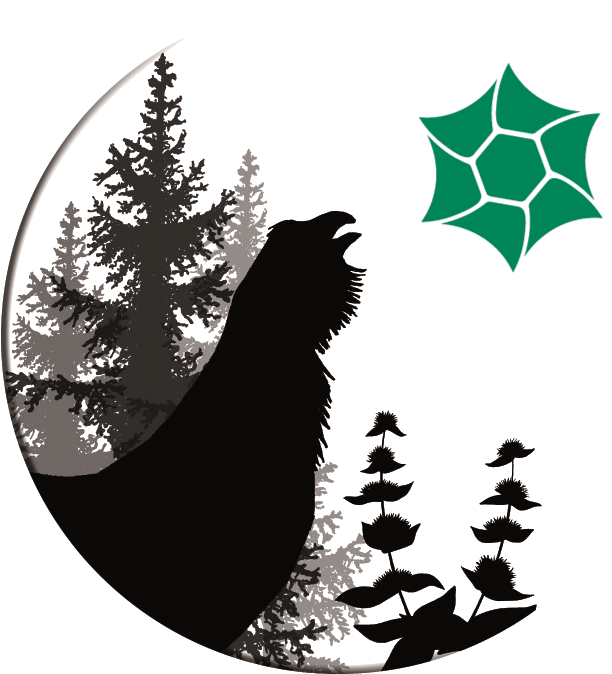 [:fr]Vue sur la Haute Chaîne du Jura en été[:en]View of the High Jura in summer[:]
[:fr]Vue sur la Haute Chaîne du Jura en été[:en]View of the High Jura in summer[:][:fr]Véritable montagne emblématique, la Haute Chaîne du Jura est, pour l’essentiel de son territoire, classée en Réserve naturelle nationale depuis 1993. Avec près de 11 000 hectares, elle compte parmi les plus grandes de France métropolitaine (crédits photo : RNNHCJ).[:en]The iconic chain of the High Jura mountains has for the most part been classified as a National Natural Reserve since 1993. At almost 11 000 hectares it is among the most extensive mountain ranges in Metropolitan France. (photo credits: RNNHCJ).[:]
Présentation
Véritable montagne emblématique, la Haute Chaîne du Jura est, pour l’essentiel de son territoire, classée en Réserve naturelle nationale (RNN) depuis 1993.
Avec près de 11 000 hectares, elle compte parmi les plus grandes de France métropolitaine (5ème en surface). Elle correspond au chaînon le plus oriental, le plus étroit mais aussi le plus élevé de tout le massif. Allant de 580 m à 1720 m d’altitude, le contraste altitudinal procure à ce territoire une grande diversité floristique et faunistique. Les paysages et milieux qui le composent sont variés et les espèces qui y vivent sont tout autant remarquables que fragiles.
Accueillant au fil des saisons à la fois promeneurs, professionnels (alpagistes, forestiers, etc.), chasseurs et naturalistes, la Réserve naturelle est un territoire accessible où de nombreux usages cohabitent. Ainsi, pour assurer la pérennité de cet espace sensible et des pratiques qui s’y déroulent, il convient d’adapter ses habitudes et respecter la réglementation en vigueur.
La préservation de ce territoire d’exception dépend, entre autres, de votre comportement. Il mérite que vous restiez sur les sentiers, que le chien soit laissé à la maison et la voiture sur l’aire de stationnement prévue à cet effet. Vous découvrirez alors en toute sérénité les innombrables curiosités et richesses de la Haute Chaîne du Jura.
